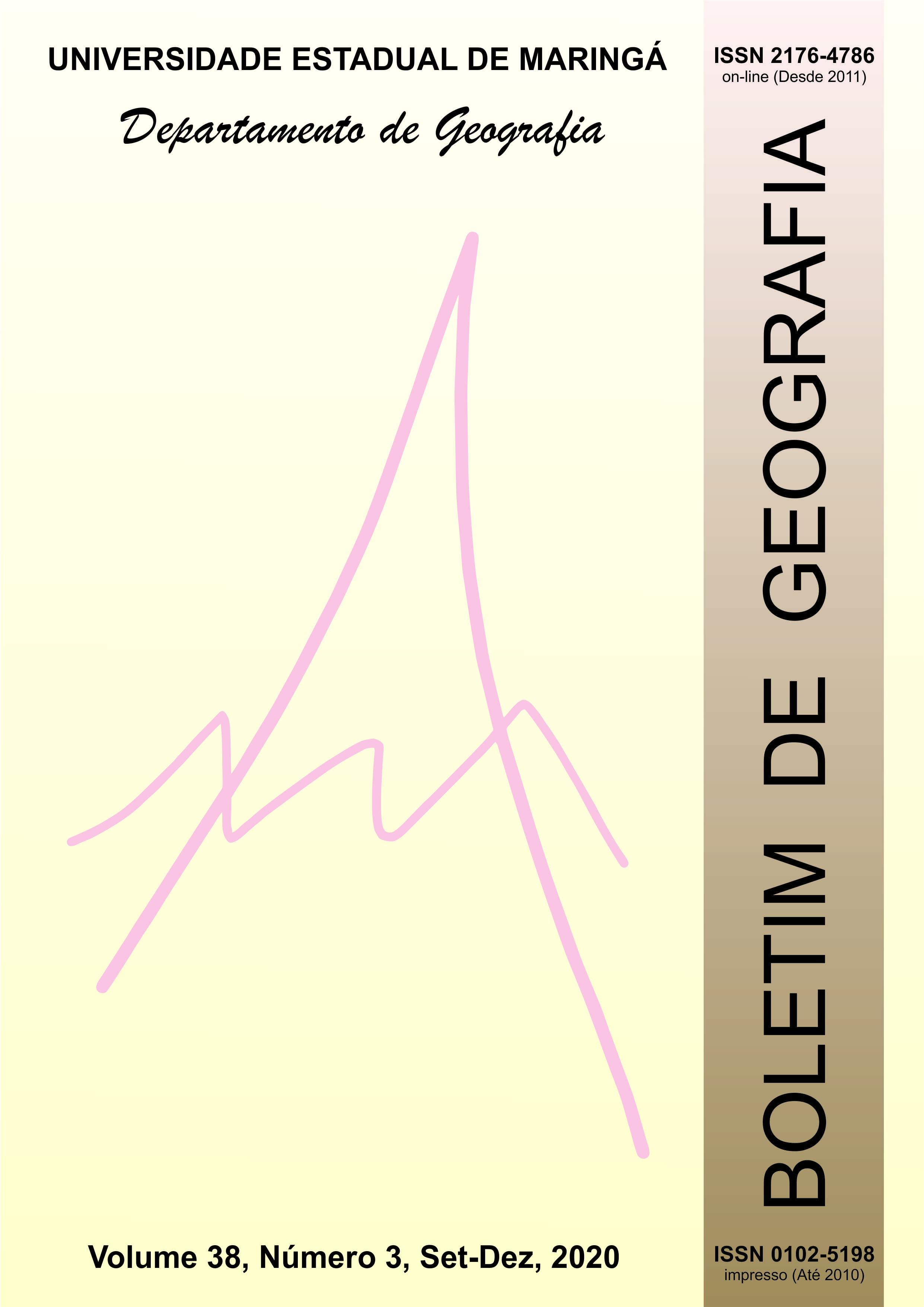Urban Socio-spatial fragmentation: trends in a medium-sized city
Abstract
The urban socio-spatial fragmentation researches are acquiring relevance as new urban patterns are appearing, increased from a set of economic changes and their many consequences. The city is experiencing new society’s structures, as segregated areas, showing the process that split up its structures, bringing new frameworks, redefined by selective areas that denies inclusion, defining unequal access to urban perimeter, pointing to distinction in the rights to the city. Considering the importance of these issues and complexity of Brazilian urban network, it’s essential to analyze in which cities this events are occurring. This article purposes identify socio-spatial fragmentation tendencies in Ourinhos (SP) a medium-sized city that plays an important role for its region, but isn't central, connecting cities into regional urban network as a middle-sized city. The methodology is bibliography and documental surveys, field work and observation to collect data, defining urban socio-spatial patterns, as mapping out where urban facilities, enterprises, institutions and gated communities are situated, as evidences for this socio-spatial unequal nature. The findings demonstrate an arrange of considerations and data that shows changing aspects as: the urban structure has recently changed, the citizen’s residential areas are changing, revealing new patterns, rising up tendencies as new centers into the region and selective areas, evidencing features of non-inclusive practices.
Downloads
O Boletim de Geografia está licenciado através da Creative Commons Atribuição 4.0 Internacional (CC BY 4.0).
Autores que realizam submissões ao Boletim de Geografia concordam com os sequintes termos:
- Autores retêm todos os direitos autorais e concedem à Revista direitos exclusivos da primeira publicação, com o artigo licenciado sob os termos da Creative Commons Atribuição 4.0 Internacional (CC BY 4.0).
- Após a publicação, fica permitido ao autor a republicação em qualquer outros meios de divulgação, desde que mencionada a fonte original.












